 My newest patron saint I here present - Blessed Margaret Plantagenet-Pole, Countess of Salisbury. The very last of the Plantagenet English family line. She was ruthlessly and hideously murdered by Henry VIII at the age of 70. She had been long widowed and the mother of 5 children, one of whom was the last Catholic Archbishop of Canterbury.
My newest patron saint I here present - Blessed Margaret Plantagenet-Pole, Countess of Salisbury. The very last of the Plantagenet English family line. She was ruthlessly and hideously murdered by Henry VIII at the age of 70. She had been long widowed and the mother of 5 children, one of whom was the last Catholic Archbishop of Canterbury.Tea at Trianon has a great post here on her life. Below is an excerpt on her life and death:
In November, 1538, two of her sons and others of their kin were arrested on a charge of treason, though Cromwell had previously written that they had "little offended save that he [the Cardinal] is of their kin", they were committed to the Tower, and in January, with the exception of Geoffrey Pole, they were executed. Ten days after the apprehension of her sons the venerable countess was arrested and examined by Fitzwilliam, Earl of Southampton, and Goodrich, Bishop of Ely, but these reported to Cromwell that although they had "travailed with her" for many hours she would "nothing utter", and they were forced to conclude that either her sons had not made her a sharer in their "treason", or else she was "the most arrant traitress that ever lived". In Southampton's custody she was committed to Cowdray Park, near Midhurst, and there subjected to all manner of indignity. In May Cromwell introduced against her a Bill of Attainder, the readings of which were hurriedly got over, and at the third reading Cromwell produced a white silk tunic found in one of her coffers, which was embroidered on the back with the Five Wounds, and for this, which was held to connect her with the Northern Uprising, she was "attainted to die by act of Parliament". The other charges against her, to which she was never permitted to reply, had to do with the escape from England of her chaplain and the conveying of messages abroad. After the passage of the Act she was removed to the Tower and there, for nearly two years, she was "tormented by the severity of the weather and insufficient clothing". In April, 1541, there was another insurrection in Yorkshire, and it was then determined to enforce without any further procedure the Act of Attainder passed in 1539. On the morning of 28 May (de Marillac; Gardner, following Chapuys, says 27) she was told she was to die within the hour. She answered that no crime had been imputed to her; nevertheless she walked calmly from her cell to East Smithfield Green [Tower Green —Ed.], within the precincts of the Tower, where a low wooden block had been prepared, and there, by a clumsy novice, she was beheaded.
(Source: Catholic Encyclopedia)
Below are two other pictures of this Blessed of God:
Her last words were: "Blessed are they who suffer persecution for justice' sake for theirs is the Kingdom of Heaven."
The body of the Blessed Margaret, Countess of Salisbury, was interred in the Tower, in that Chapel dedicated to St. Peter's Chains, whose illustrious dead and historic associations are enshrined in Macaulay's memorable lines. She was declared Blessed with many of the rest of the English Martyrs by Leo XIII, 29th December, 1886. Others than her co-religionists, no doubt, like to reflect that a life, so marked by piety, and so full of griefs ever heroically borne, has after the lapse of nearly four centuries been thus honoured, and that the last direct descendant of the Plantaganet line has her place in the Hagiography of the Church so long associated with their sway.

02.jpg)
01.jpg)

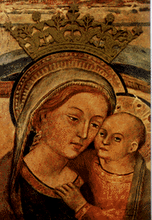




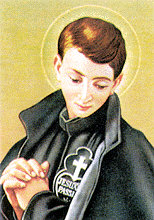
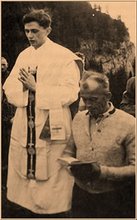
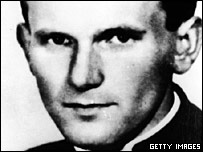
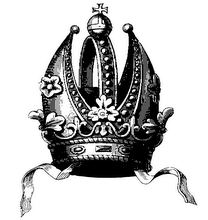
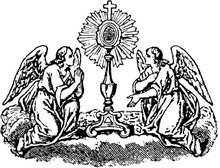
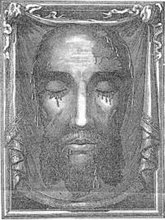
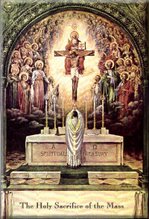

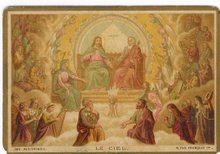



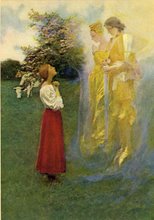
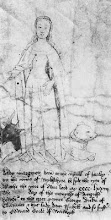01.jpg)


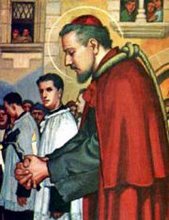

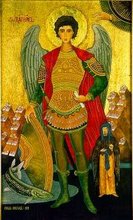

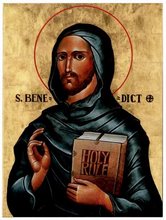




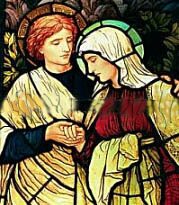





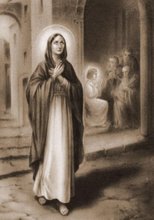
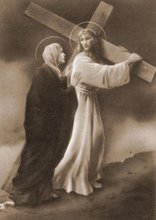

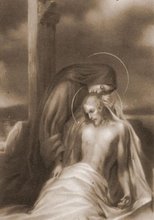
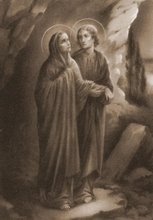
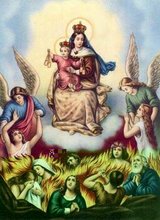


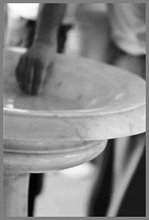
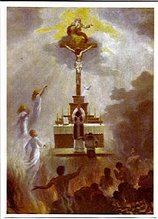


6 comments:
Thanks for the link! Bl. Margaret is one of my favorite people!
Fabulous post!
Very interesting. Just learning about some of the saintly royals tossed in amongst some of the scoundrels!
Found you via Micki's site. What a lovely patron saint!
And there is something so moving about the Tudor period, a special light in folks just like this saint, there still in despite Henry's horrible darkness.
Peaceful Day : ) Wendy
This was wonderful! Margaret was my great great great ... numerous times ... grandmother. My great grandfather, William Pole Williams,kept Pole name as his middle name. Fascinating reading ...
Margaret was also one of my ancestors, through her daughter, Lady Ursula Stafford, who was mistress of the wardrobe for almost the entirety of Elizabeth's reign. Before I found out about my ancestry, I felt a connection to Queen Mary, whose family life closely resembles my own.
Post a Comment